MenuMenu
- Compare. Save. Ship.
- Main Menu
- How It Works?
- Shipping Services
- eCommerce
- Learn
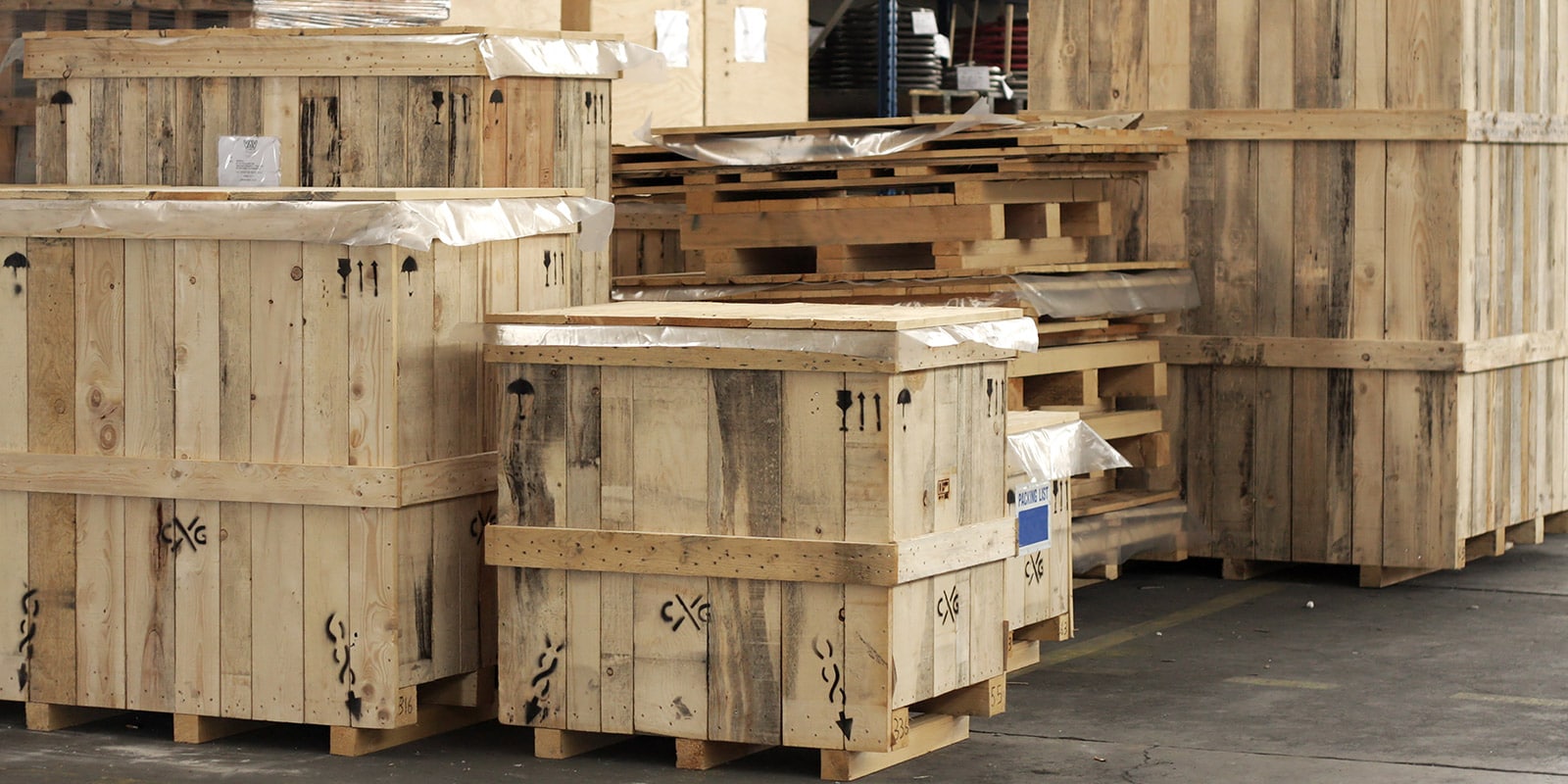
Dunnage is a term that’s almost never used outside of the shipping industry. And here’s the thing, you probably used dunnage yourself. If you ever packed an item and wrapped it in something to protect it during transport, you used dunnage.
Dunnage is a term used to describe the packing components that help secure, protect, and support packages during the handling and shipping processes, whether these components are planks, boards, plastic bracing, foam, fillers, bubble wrap, crinkle paper, kraft paper, or something else.
As a rule of thumb, the more fragile an item, the more dunnage it needs. So, if you want to ship a glass bottle, you should probably use bubble wrap to fill in the extra space in the box so that the bottle wouldn’t move around during transport. On the other hand, a sweater is more difficult to damage than a glass bottle, so wrapping it in kraft paper would probably offer it enough protection.
Dunnage is defined as being a durable padding material that’s used to protect certain goods during shipping. Dunnage can be anything from wooden planks to bubble wrap or solid plastics that provide cushioning so that the items you ship won’t move and be harmed during handling and transport.
Even though dunnage is very important, it works best when it’s paired with the right box, bag, or another type of container. Shippers avoid placing small items in large boxes, even if they could fill the extra space with dunnage, and they also avoid sending items without using containers because that would not be as effective as pairing the dunnage with the right container.
Shipping companies use dunnage to protect fragile items during handling and transport. Each package you send may go through some rough environmental conditions on its way to the recipient. Here are the main reasons why shippers use dunnage:
Packages generally go through a complicated process to reach their destination. First, they are picked up by a carrier and shipped to a sorting facility. Next, they may be transported by other trucks, ships, or airplanes, to other sorting facilities. Lastly, they are picked up by the last mile carrier and shipped to the recipient. Every time the package is handled or moved, there’s a small chance that it will get damaged in the process.
Shipping companies use dunnage to stop the items from moving around in their containers. They also use dunnage to stop the containers from moving around. Dunnage can also absorb some of the shock and vibration that might affect the item when its container is moved. This minimizes the chances of the item getting damaged in the shipping process.
If your package travels by ship, floor dunnage is used to protect it from the thin water film that forms on ship floors. The floor dunnage keeps the package above the deck, ensuring that it won’t be harmed by the water underneath it.
Packages that go in shipping containers need moisture protection. Containers are designed to be water-resistant, so they don’t have any drainage holes that communicate with the exterior. If condensation forms inside the container, it has no way to drain so it might harm the packages by the time they reach their destination. For this purpose, paper and other absorbent materials are used to keep the water away from the packed items.
Shipping a heavy and cumbersome package, such as a couch or a sack is usually difficult because cumbersome items are difficult to manipulate. So in order to make them easier to manipulate during handling and transport, shippers use wooden dunnage to distribute the items’ weight so they can be carried by the handlers or by using a forklift.
Shippers sometimes use dunnage to ensure air circulation in a closed compartment, such as refrigerated holds. To ensure that the chilled air reaches every corner of the refrigerated hold, shippers use dunnage to keep the packages separated.
Shippers have many types of dunnage materials to choose from. You can use lightweight material for sturdy items or durable materials such as wood or steel to protect fragile and expensive products.
Here are some of the most common 11 dunnage materials currently used:
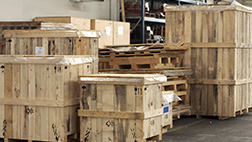
Wood is still one of the most common dunnage materials used for shipping. Rough lumber that has a similar thickness but different lengths can be used to create barriers between items, allow air circulation, and protect valuable items from physical damage. Plywood is often used to partition containers and to keep packages that travel by ship from touching the wet deck.
Wood continues to be a popular dunnage material because it’s generally cheap, recyclable and can be sourced responsibly.
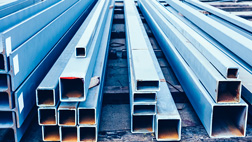
Steel is one of the most expensive dunnage materials you can find, so it’s usually used to protect high-value products. Steel is generally used as a dunnage material to keep heavy products from damaging lighter products that come in the same box.

Solid plastics are often used as dunnage materials for high-value shipping. Even though solid plastics are usually more expensive than other materials, they can be molded to fit the exact measurements of a product, which makes them ideal for the physical protection of valuable items.
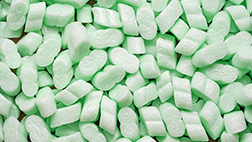
Foam is generally used to protect electronics or other sensitive or fragile items. Foam can also be used as a lining for small shipping envelopes to protect their content from physical damage.
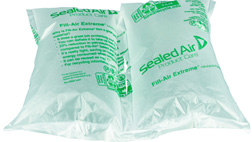
Most shippers use air pillows to create barriers between items in a container or to keep the items in a container from sliding.
If you’re in a pinch and you need to ship a sensitive item, you can use empty plastic bottles as DIY air pillows.
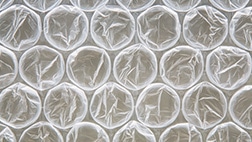
Bubble wrap is a common dunnage material for fragile products such as small electronics or items that contain glass. The good thing about bubble wrap is that it can be recycled and reused as long as the bubbles don’t pop.
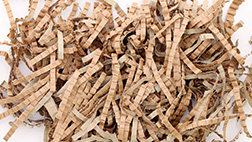
Paper doesn’t offer a lot of physical protection, but you can use it to fill the empty space inside a container. Even though paper dunnage won’t protect your products from shock, it will protect them from dust, dirt, and moisture.
Paper is a good dunnage material because it’s recyclable and environmentally-friendly.

Burlap is often used in the same way as paper. Burlap can sometimes be made up in rolls or squares to become more compact and fill the empty spaces in a container.
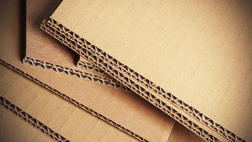
Corrugated paper is the material used in the production of cardboard boxes. Corrugated paper is a popular dunnage material in certain industries, such as the automobile industry, the hardware industry, and more.
Corrugated paper is a great dunnage material because it can support a lot of weight and protect against moisture.
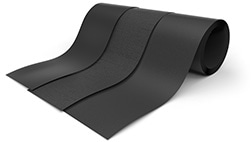
Rubber is often used to protect valuable items such as electronics. Rubber can protect your products from physical damage during transport.
Certain businesses need personalized dunnage solutions to protect their products. This usually happens when their products have multiple pieces, are cumbersome, or have uncommon designs.
Dunnage providers can help you design the right kind of dunnage to protect your items.
When you use Ship Expert’s warehousing and fulfillment services, you can rest assured that we will use the right kind of dunnage for your items. We wrap sensitive items in bubble wrap and ship them in right-sized containers, and we use paper wrap for packages that don’t need extra padding to keep your costs low.
And thanks to our distributed network of fulfillment centers, your products will always be shipped from the center that’s closest to your customer, so they won’t spend a lot of time in transit. Your products will reach their destination quickly and safely.
Start your small business shipping with Ship Expert today.

Director, Ship Expert
Greg Woo is a seasoned expert in the logistics and distribution industry, with a career spanning over two decades. He has a comprehensive understanding of shipping and distribution needs, and has extensive experience integrating with e-commerce stores as well as customer specific WMS (warehouse management systems) and ERP’s (enterprise resource planning software). His tenure in the industry and established courier and LTL partnerships have allowed clients to benefit from reduced shipping expenses, as well as improved operations through software and specialized integrations.
Greg is currently the Director at Ship Expert Inc., a role he has held since February 2015. Prior to his role at Ship Expert, Greg held significant positions at Juxto, a telecommunications and managed internet service provider.